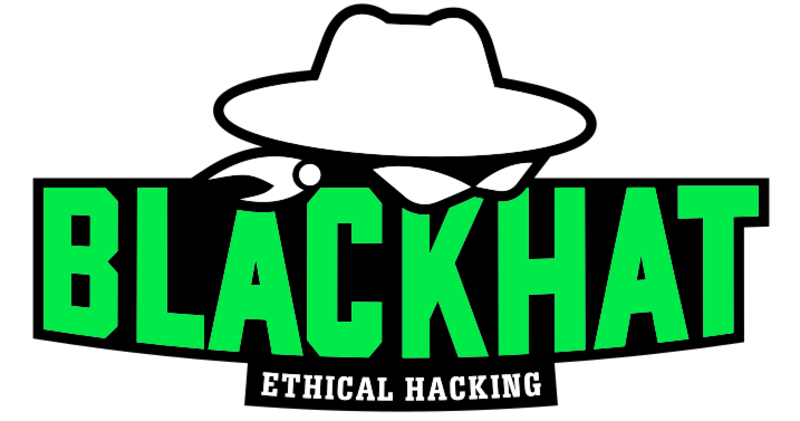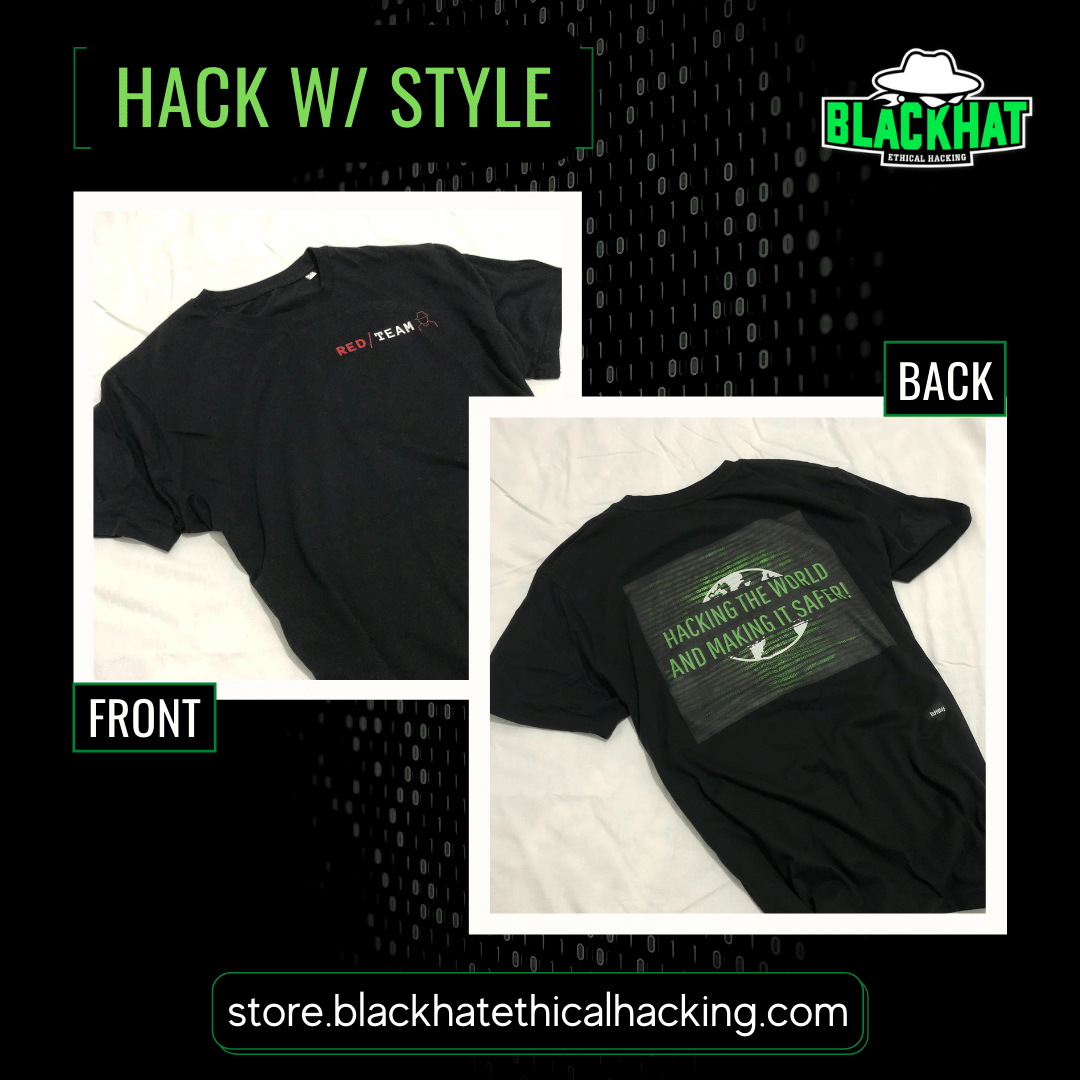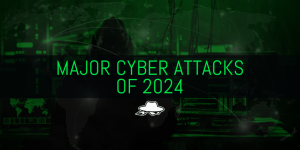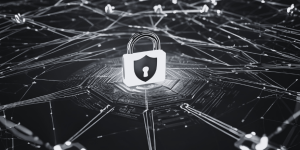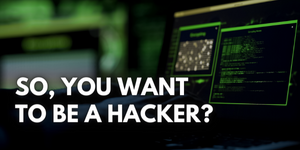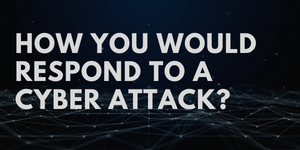What Blockchain Can Teach Us About Cybersecurity

Reading Time: 3 Minutes
Introduction
Cybersecurity is always a paradox. The more we rely on tech, the more vulnerable we become. The more we build walls, the more the burglars get creative about how to get over, under or through them. It’s a cat and mouse game – except the cat is understaffed, underfunded and three steps behind.
Enter blockchain.
If you’ve only ever heard of blockchain in the context of cryptocurrency, you might assume it begins and ends with digital money. Bitcoin, Ethereum, the sort of thing that gets talked about in coffee shops by excitable men who speak in a language that sounds like finance but feels like science fiction. In reality, blockchain is less about the price of Ethereum and more about a fundamental shift in how we think about trust, security and data integrity. And for those paying attention, it has a few interesting lessons to teach us about cybersecurity.
A System That Assumes the Worst
At its core, blockchain assumes people can’t be trusted. That sounds cynical but in security, cynicism is a feature, not a bug. Traditional cybersecurity models are built around the idea that if you put enough safeguards in place (firewalls, encryption, access controls), you can create a system that’s not impenetrable but at least sturdy enough to deter all but the most determined attackers.
Blockchain on the other hand, assumes bad actors will always find a way in, given enough time. So instead of building the perfect lock, it decentralises the whole idea of control. There is no single database to breach, no single point of failure. Every piece of data is recorded across multiple nodes, each validating every transaction against a publicly agreed set of rules. The result is an architecture that doesn’t rely on trust but on maths. You can hack one computer but it won’t be enough. You’d need to hack thousands simultaneously in a way that fools them all at once.
It’s like trying to forge a historical event. You can rewrite one textbook but unless you also manage to alter every copy in every library in the world, someone will notice.
See Also: So you want to be a hacker?
Offensive Security and Ethical Hacking Course
And if you think this is only useful for digital currencies, think again. Companies, especially in finance and healthcare, are starting to see the appeal of a system where data integrity isn’t just hoped for but mathematically assured. Even those who wouldn’t touch crypto with a bargepole are looking at blockchain for securing supply chains, medical records and identity verification systems.
And it’s no wonder. In an age where data breaches are routine – where names, addresses and credit card details leak into the digital underworld with alarming frequency – any system that removes a single point of failure is worth investigating. After all, if a company can lose millions because someone reused their password on a Post-it note, then maybe we need to start thinking differently.
Of course this doesn’t mean blockchain is a silver bullet. It has its own complexities, not least of which is the unpredictable nature of the market that birthed it. Even those who see blockchain’s potential can’t ignore the fact that technologies built on it are subject to wild fluctuations.
Transparency Is a Double-Edged Sword
One of blockchain’s greatest strengths is its transparency. Every transaction is recorded on a public ledger, visible to anyone who cares to look. This means fraud is much harder to hide—there’s no ‘editing’ a blockchain without the change being recorded for all to see.
This is, in theory, a good thing. Transparency forces accountability. It removes the ability to fudge numbers, to cover up mistakes, to pretend things are fine when they’re very much not. It’s why some supply chain companies are using blockchain to track goods from factory to shelf—if every transaction is permanent, then you can’t, say, swap out ethically sourced materials for cheaper alternatives without leaving a digital footprint.
But transparency in cybersecurity is a trickier thing. Some data should not be public. If you’re dealing with corporate or personal information, you don’t want an open ledger where anyone can see what’s happening. The challenge is finding ways to harness blockchain’s security benefits while keeping the necessary bits private. Solutions exist—zero-knowledge proofs for instance, which allow one party to prove something is true without revealing the actual data—but they require a level of cryptographic sophistication most organizations are only just starting to get their heads around.
Still the lesson is there. The traditional security model—where data is locked away in a vault, with access granted only to a select few—has its limitations. The more valuable the vault, the more determined the thieves. Blockchain suggests an alternative: a system where the data itself is the security, where information is protected not by secrecy but by mathematical proof.
Cybersecurity in a Decentralized World
Perhaps the biggest shift blockchain introduces is how we think about control. Cybersecurity for much of its history has been built around the idea of defending a perimeter. Keep the bad guys out, keep the good guys in and hope nobody on the inside makes a mistake. But what happens when the perimeter no longer exists?
This isn’t a hypothetical. With remote work, cloud computing and interconnected systems the idea of a secure perimeter is becoming obsolete. Data is everywhere. People log in from cafes, airports and borrowed laptops. The old model—protect the castle walls—seems rather quaint when the castle has no walls.
This article is written by Steve Wilson
Are u a security researcher? Or a company that writes articles about Cyber Security, Offensive Security (related to Information Security in general) that match with our specific audience and is worth sharing? If you want to express your idea in an article contact us here for a quote: [email protected]
